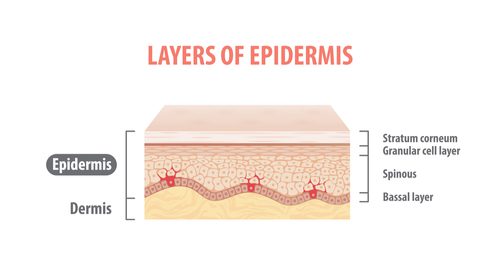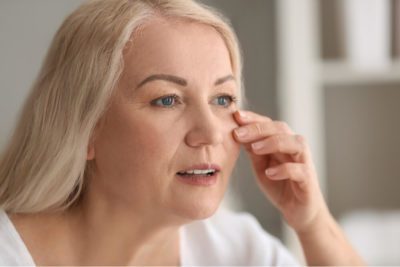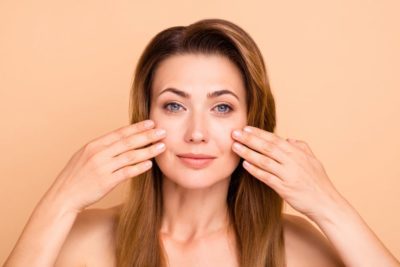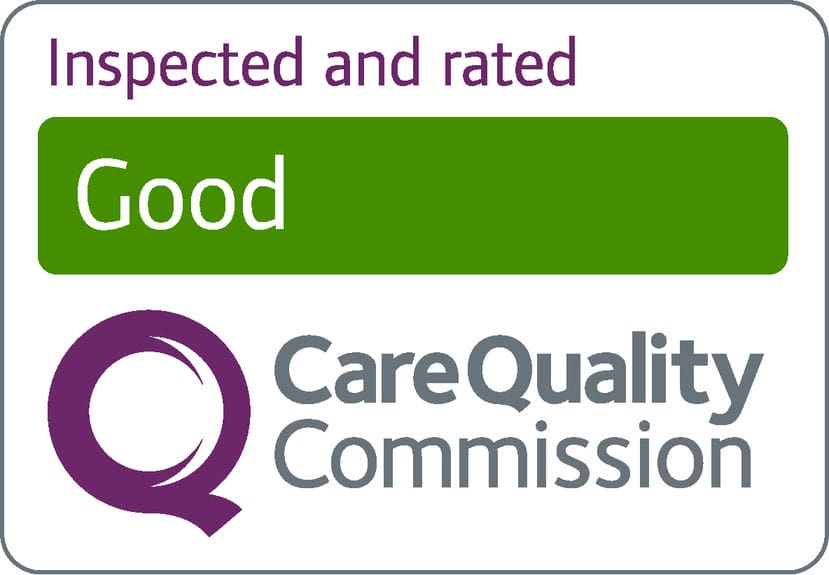How Can Melasma Be Treated?
This is a difficult condition to treat as – unlike a suntan which will affect the upper layers of the skin and will fade with time – Melasma can affect the epidermis (top layer of the skin) as well as the dermis (deeper layer of the skin).
There is also an inflammatory aspect to this skin condition which causes redness. This redness can, in turn, make the pigmentation look darker.
Over the years, lasers, peels and topical prescription products have been used to treat melasma. These treatments require compliance, and in some cases, they either don’t work or have made the condition worse. One of the best treatments on the market today is Obagi nu-derm.
Obagi Nu-Derm is a complete skin care system specially formulated to help correct hyperpigmentation, such as sunspots, pigmentation treatment and melasma, as well as improve the appearance of ageing skin. At The Skin to Love Clinic you will be under the care of one of our aesthetic practitioners for this treatment.
Can Obagi Nu-Derm Treat Melasma After Having Children?
Yes. This is the only way we treat melasma at The Skin to Love Clinic. Dermal melasma will materialise in dark patches of skin or skin irritation. These discoloured patches of fair skin are a form of epidermal melasma. Melasma appears as one of the more common skin disorders in pregnant women. Facial melasma diagnosed, even on the upper lip, by a registered dermatologist is easily treatable.
Is Melasma A Skin Cancer?
No, Melasma is not contagious and is not a form of skin cancer.
How Do I Know I am Developing Melasma?
The Symptoms of melasma include discolouration. Melasma causes patches of discolouration. The patches are darker than your usual skin colour. It typically occurs on the face and is symmetrical, with matching marks on both sides of the face. Other areas of your body that are often exposed to the sun can also develop melasma.
What Can Trigger Melasma?
In short, melasma is due to hormones. You may have heard it being called the ‘mask of pregnancy’ because it often appears during this time, in fact up to 50% of women may be affected during pregnancy, however, there are other contributing factors and men can also suffer from this skin condition.
The exact cause of melasma isn’t known but there are several factors that are known to help it develop. These include hormonal birth control pills, hormone replacement drugs, pregnancy, medical issues that impact your hormones such as thyroid issues and some medications, such as those taken by epileptics.
Can Sun Exposure Cause Melasma?
Melasma is a darkening effect of the facial skin, resulting in brown patches most commonly found on the forehead, cheeks, nose and lip. Sun exposure can trigger melasma because the pigment cells that contain kojic acid and azelaic acid in the skin are responsible for producing colour in the skin and are stimulated by UV rays from the sun.
We advise using these sun safety tips protect your skin, using SPF 50 which comes with the kit, with regular application throughout the day and suggest using a hat to further reduce the risk of damage. Although patients do not need to totally avoid sun exposure, the skin is more sensitive during treatment and requires more protection than usual.
Sun protection is vital, so continue using a high-factor daily SPF following the completion of your Obagi course to help to maintain your results; new hyperpigmentation may be stimulated post-treatment if the skin is exposed to UV rays from not investing in sun protection.
Can Skin Lightening Creams Help Treat Melasma?
Melasma is a very stubborn form of hyperpigmentation or discoloured patches of skin, these dark patches are arguably the world’s most annoying skin issue. Not only is melasma triggered by a bunch of different things but once you get it, it doesn’t just magically go away on its own, even if you throw a bunch of brightening ingredients or skin-lightening creams at it.
Melasma is also temperamental, so if you use too-harsh products or the wrong treatments to try and fade it, you can actually end up making your melasma worse. Melasma happens when melanocytes—the cells that produce melanin in your skin—become overactive and produce an excessive amount of pigment-producing cells.









